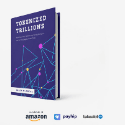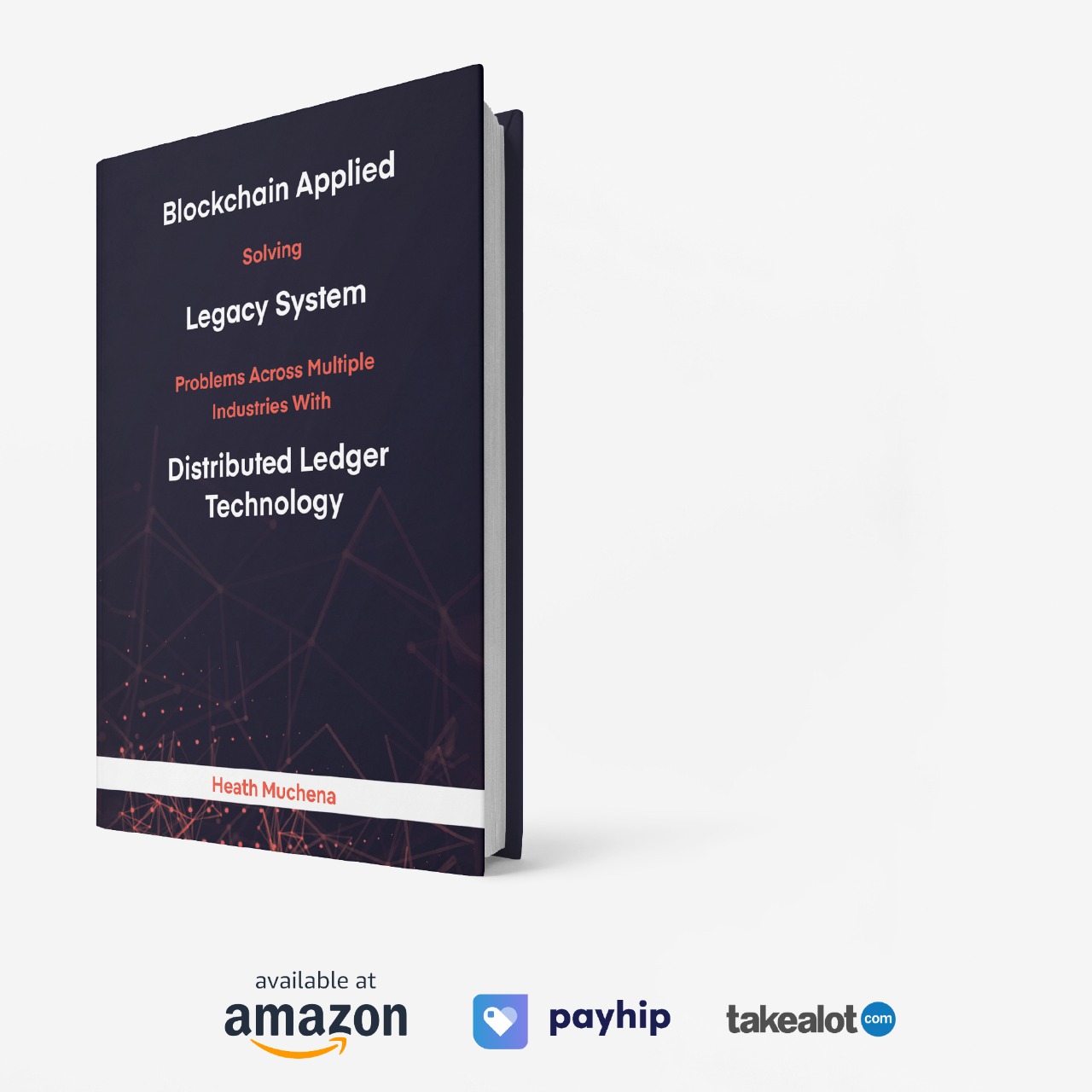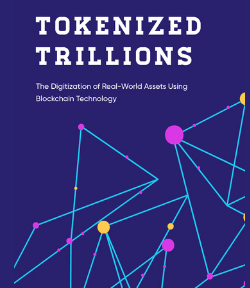
AI “agents” are moving from demo to deployment in crypto. They can understand plain-English goals (“swap 1 ETH to SOL and stake it”), hold keys, route orders across chains, and adapt to market context with minimal human input. Below is a deeply researched map of the landscape—consumer tools you can use today, institutional rails, how these agents work, where the risks are, and realistic projections for where the trend is heading.
What’s new now (and why it matters)

- Chat-native trading is live. Bankr lets users buy, bridge, swap, and send crypto from X/Farcaster/terminal with natural-language commands; the project briefly drew headlines after a platform suspension and quick reinstatement on X—evidence of both traction and policy friction around chat-based execution.
- Agent-managed funds are emerging. Shekel positions “agentic capital” where anyone can spin up an AI-run fund for a fixed token fee; community posts and the product UI suggest no-code parameterization and low deployment costs (e.g., “50k SHEKEL,” ≈$100 at recent claims). Treat returns/claims as marketing until independently audited.
- Enterprises are eyeing agentic finance. Infra providers and strategists argue true autonomy requires on-chain custody and programmable rails, pushing agents toward permissionless blockchains. Payments and trade-execution incumbents are exploring agent-driven experiences as the next UX layer.
- On-chain/DeFi automation is the obvious fit. Infra posts from key custody/tooling vendors outline agents that patrol pools, optimize gas/MEV, time entries/exits, and manage multi-venue execution.

The consumer landscape: chat to trade, automate to invest
1) Bankr (chat-native trading agent)
- What it does: Trade/bridge/send across chains from X/Farcaster or a private terminal using natural language (“Buy $200 of ETH,” “Bridge 0.1 ETH to Solana”). Positions itself as your “AI crypto banker.” Runs on Base and supports multichain actions.
- Recent news: Temporary suspensions on Telegram and X in Oct 2025, with X reinstatement reported by multiple outlets; highlights policy risk for social-embedded execution.
- Why it matters: Removes app-switching and UI friction; lowers “activation energy” for retail on-chain behaviors via a familiar chat interface.
2) Shekel (agent-managed personal funds)
- What it does: “Create a personal fund managed by an AI agent”—marketing emphasizes no-code customization; branding features an AI “Rabbi” persona for long-term growth. Social updates cite a flat token fee to deploy an autonomous trading agent. Note: third-party verification of performance is limited—treat all P/L claims as unverified until audited.
- Why it matters: Pushes beyond single-trade automation into continuously managed, parameterized strategiesthat feel like off-the-shelf robo-funds—only agent-run and on-chain.
3) Nansen AI (data-trained chatbot, execution agents planned)
- What it does: An AI trading assistant trained on “smart money” on-chain data across dozens of chains; Nansen says full automation via agents is on the roadmap (internal tests ongoing).
- Why it matters: Specialized data + domain-tuned models generally beat general LLMs in trade research; the step from advice → automated execution is small once custody/tooling is wired.
4) Other on-chain agents (ecosystem)
- Articles and ecosystem roundups describe Base/Farcaster-native agents that schedule DCA, rebalance, harvest DeFi yields, and run cross-venue arbitrage—often using hosted wallets or delegated keys. Quality varies widely; prefer audited code, explicit rate limits, revocable permissions, and withdrawal-disabled APIs.
Institutional rails: why “agentic” is credible for pros
- Autonomy needs self-custody + programmability. Opinion pieces argue that for agents to do real work (rebalance, hedge, pay gas, settle), they must hold funds/permissions on programmable chains—blockchains become the “bank account + app store” for agents.
- Execution/analytics are being “agentified.” Brokerages and EMS/OMS providers already route across 50+ venues and run algos (TWAP/VWAP/iceberg). Embedding LLM “assistants” on top of these stacks is straightforward; the “agent” chooses the algo, size, and venue under policy constraints. (Representative capabilities described across institutional vendor materials and coverage.)
- Macro signal: AI is flooding quant workflows—WorldQuant’s contest saw record participation and a public ambition to scale to “a million autonomous AI agents” analyzing markets, a directional signal for the talent and tooling pipeline.
How these agents actually work (under the hood)
- Policy + tools + memory. A trading agent is an LLM-based planner with (a) a policy layer (what it’s allowed to do), (b) tools (DEX/CEX trade, bridge, price oracle, risk checks), (c) state/memory (positions, P/L, limits). The agent decomposes your goal into API calls: get balances → quote route → simulate slippage → execute → confirm → log.
Signal engines. For alpha, agents rely on:
- Supervised models (short-horizon return classifiers),
- RL policies (allocation and timing in simulation),
- Microstructure models (order-book signals), and
- NLP sentiment filters (news/X/Reddit).
Vendors emphasize the edge from domain-tuned models and specialized datasets (e.g., whale flows). - On-chain ops. Keyprimitives: safe key management (session keys / delegated wallets), slippage & MEV controls, gas and nonce handling, chain selection, and atomic bundles when possible. Practitioners increasingly run agents where the assets live to minimize latency and failure domains.
Risks (and how the best teams mitigate them)
- Security & key scope. Agent tool misuse, prompt injection, and over-privileged identities are top concerns. Treat agents like interns: least-privilege keys, read-only by default, withdrawal-disabled exchange APIs, and explicit spend limits. Rotate keys and audit tool outputs.
- Platform policy risk. Social-embedded agents can be throttled or suspended (see Bankr’s X/Telegram episode), so always keep a standalone terminal/fallback.
- Model brittleness & herding. Overfit models decay in new regimes; coordinated bots can pile into the same signal, worsening reversals. Stagger refresh cycles, ensemble across uncorrelated signals, and implement circuit-breakers and vol-scaled sizing.
- Systemic concerns. Policy research warns of agent-driven runs in finance when many agents act simultaneously; treasury and liquidity taps need throttles and human-in-the-loop controls.
| Tool | Primary UX | What it Automates |
|---|---|---|
| Bankr | Chat (X/Farcaster/terminal) | Buy/sell/swap/bridge/send; natural-language order entry on Base + multichain; social-embedded trading. |
| Shekel | Web app | “Personal fund” managed by an AI agent; no-code setup; flat token fee to deploy; performance claims unaudited. |
| Nansen AI | Chat assistant | Research + idea generation based on “smart money” data; execution agents in testing. |
| DeFi agent infra (various) | SDKs/agent apps | Liquidity scans, DCA/rebalance, gas timing, multi-venue routing; ops near/on chain. |
(Keep prose out of tables; details are summarized above with links.)
Where this is going: adoption curve & projections
Assumptions
- Chat-first UX removes ~80–90% of the friction for common on-chain actions (swap, bridge, send, stake).
- Vendor roadmaps indicate full-custody, self-serving agents that can permissionlessly operate on programmable chains (vs. thin “assistants”).
- Ecosystem commentary and vendor blogs suggest near-term agent strengths in DeFi automation (routing, yield tasks) rather than discretionary alpha.
- Category momentum: specialized data + LLMs are already outperforming general models in trade research; internal tests for autonomous execution are underway.
Adoption (retail) — Base case:
- By end-2026, 5–8% of active on-chain retail users execute at least one monthly trade via chat/agent interfaces (up from low single digits now). Drivers: embedded agents in wallets/exchanges, social virality, and turnkey terminals. Upside: 10–12% if social platforms formalize agent policies and app-store-like discovery. Downside: 2–4% if repeated suspensions throttle distribution.
AUM under “agentic” management — Directional view:
- AUM governed by retail agent-funds (Shekel-like) is likely small but fast-growing—from low tens of millions today (marketing-claimed, not audited) to $0.5–1.5B by 2027 if (a) on-chain track records become queryable and (b) performance-fee rails + social discovery mature. Key gating factor: verifiable performance and catastrophic-loss controls.
Institutional usage — Execution before alpha:
- Expect agentic layers to spread first in execution management (algo selection, venue routing, pre-trade checks), not in autonomous risk-taking. Analyst/ops copilots that trigger small, policy-bounded orders will reach majority adoption among active crypto funds by 2027, mirroring trends seen in broader finance digitization.
Payments & commerce — early signals:
- “Agentic payments” pilots (conversational discovery → checkout) show how quickly consumer finance will normalize agent flows once policy and identity are settled. Expect crypto rails to plug in where settlement and programmability are valuable (cross-border, loyalty, micro-commerce).
Playbook: how to use agents safely (and profitably)
-
Operational safety first
- Use withdrawal-disabled API keys; cap per-trade/per-day spend; set on-chain session keys with time/amount limits; always keep a non-agent cold vault. IT Pro
- Prefer agents with transparent logs, dry-run simulation, explicit policies, and a kill-switch you control.
-
Strategy realism
- Treat agents as execution accelerators and ops copilots before trusting them with discretionary alpha. If using agent-managed “funds,” demand on-chain proof of P/L and independent audits.
-
Distribution hedges
-
Expect periodic platform policy shocks; keep a fallback (private terminal / wallet-native agent) so your operations don’t depend on a single social platform.
-
Human in the loop
-
Monitor models; re-train or rotate when regime shifts hit; ensemble signals; throttle when realized vol spikes. This reduces the classic overfitting/decay trap.
Bottom line
-
Consumer agents (Bankr, Shekel-style funds, and wallet-native automations) are making crypto actions as simple as a message. Expect rapid adoption in execution and DeFi ops; discretionary alpha will remain competitive and uneven.
-
Institutional stacks will “agentify” inside existing controls—first choosing algos/venues, then gradually handling more of the trade lifecycle under strict limits.
-
The decisive unlock is on-chain autonomy (self-custody + programmable spending), which blockchains uniquely enable—hence the strong fit between agents and crypto.
-
Security and policy are the biggest near-term risks. Treat agents like junior traders with tight guardrails—least privilege, auditable steps, reversible permissions.






